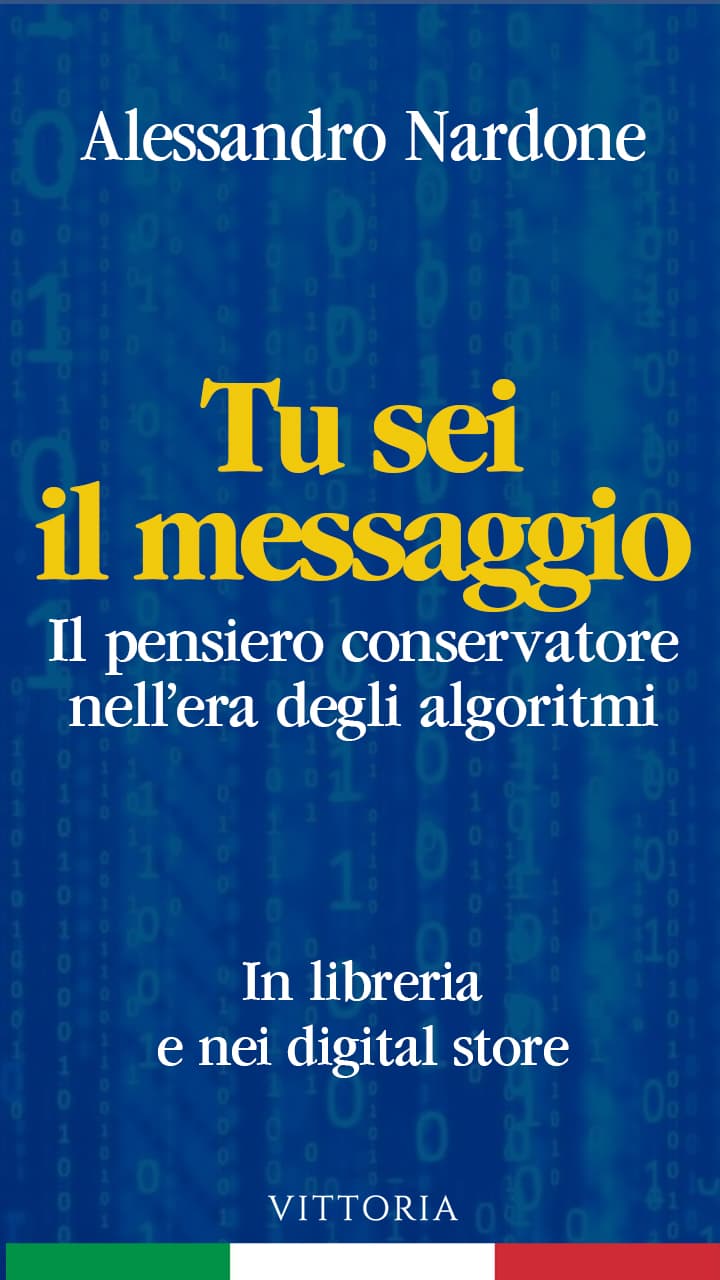Today’s teenagers, technically digital natives, are growing up in a social dimension profoundly different from ours. They see the digital world not as an extension of reality, but as an integral part of their daily lives. They communicate with each other more through WhatsApp than through face-to-face conversations; a trend that accustoms them to filtered, more superficial modes of communication that are increasingly close – even by emulation – to those they find online in TikTok “reels.”
This type of content, quick and hypnotic, is designed to capture attention and keep it, creating an extremely additive and passive experience. And this does not only affect young people: adults are also being sucked into this vortex of content consumption, a vicious circle that reduces the attention threshold, fragments the ability to concentrate by taking away, without us even realizing it, an enormous amount of time from study, work, sports, recreation and the management of personal relationships.
With school resuming, it is crucial that parents, teachers and school administrators go beyond the usual narrative proposed by the mainstream media, which tends to simplify and trivialize the phenomenon. We must have the courage to look deeper to truly understand the impact of the Web on our children and to protect their ability to think freely and critically in a context that often encourages conformity and superficiality.
A generation of filtered relationships
Digital has radically transformed the way teenagers interact with each other and the world. Indeed, today it is enough to own a smartphone and be connected to become a potential media outlet and to have visibility, or even the illusion of it. This, however, leads to an exponential increase in the inputs to which young people are exposed, causing them to scatter attention and time.
The result? The face-to-face conversation is replaced by the voice message on WhatsApp, where to represent an emotion, instead of straining to write we can use an emoji or give a “little heart” to the message we just received. This way of communicating reduces the complexity and depth of relationships, making them more immediate and superficial.
The vast majority of the content circulating among them (often circulated to friends by those who, despite their age, still have social accounts) are short videos, edited with special effects, catchy sounds, and concise messages designed to capture and hold attention. But precisely because of their nature, this content requires no intellectual effort or deep thought. They are packaged for immediate consumption, to feed a kind of “narcotizing dysfunction” that drives our young people to feel informed and involved without ever really engaging in action or critical reflection.
For these young people, reality is no longer a set of direct experiences, but rather a sequence of images and videos that scroll across their screens. Their perception of the world is mediated by algorithms that select content to show based on their previous interests and behaviors, creating information bubbles that limit exposure to different ideas and promote polarization.
The real world, with all its nuances and complexities, is reduced to a simple pattern: what people like, what they don’t like, what is “cute” and what is “cringe.” Every day, their opinions, tastes and preferences are constantly shaped by algorithms that aim to keep them connected for as long as possible. It is no coincidence that there is increasing talk of “digital brainwashing”: subtle, pervasive manipulation aimed at conforming young people to a certain ideology or worldview.
Indoctrinated and not stimulated to develop and critical thinking
Adolescents’ use of social media fits neatly into the framework of manipulation of the masses discussed above. Every day, a multitude of content is put out there for the politically correct dominated narrative to take root, appealing to the masses. As demonstrated by the “Twitter Files” and Mark Zuckerberg’s recent admission, major social platforms operate with an obvious bias: they often censor conservative views and amplify those that reflect radical chic culture and woke ideology. This asymmetry of treatment builds an environment of public discussion where some views are legitimate and others are automatically branded as fascist, racist, or populist. So much for inclusion.
For adolescents, who are still forming their identity and value system, this context poses a huge risk. Algorithmic manipulation robs them of the ability to develop critical and autonomous thinking, causing them to conform to a dominant narrative to avoid the risk of being labeled or marginalized.
The role of us adults
We parents first must have the patience to develop a dialogue with our children, stimulating them on a daily basis to go beyond the superficial narrative proposed by the mainstream media, which tends to reduce the phenomenon to online safety issues, such as cyberbullying or excessive use of screen time. These are real issues, of course, but they represent only the tip of the iceberg. The real issue is about the loss of intellectual autonomy and the growing inability of our kids to think critically and independently.
Those who control the algorithms control the masses: this is a combination of which the mainstream media and major entertainment content producers are also a part, just think of the woke drift of Netflix and Disney. It is therefore essential for young people to develop a conscious and critical use of digital platforms, understanding how these tools work and how they can manipulate their perception of the world; we cannot let them grow up as cogs in a system that aims to erode what remains of traditional values, filling the void with the dictates of single-minded thinking.
Faced with this complex reality, parents, teachers, school leaders and institutions have a crucial responsibility: they must educate young people in a more conscious and critical use of social media. It is not enough to impose rules or restrictions; it is necessary that a culture of digital awareness be fostered at school that pushes children to reflect on how and why they use these tools, including telling them about the evolution of the last 40 years. It is necessary that they understand the logic behind algorithms, learning to recognize manipulative dynamics and develop independent thinking.
It is also important to offer alternatives to the digital world: promoting activities that stimulate creativity, intellectual curiosity and real relationships. This is the only way to counter the narcotizing and passive effect of digital platforms, restoring children’s ability to think for themselves and act in the real world.
Educating for freedom of speech
Today’s adolescents are at a crucial crossroads: on the one hand, the risk of growing up as a fragmented generation, lacking a solid identity and vulnerable to manipulation by the big digital giants; on the other hand, the possibility of learning to use these tools in a conscious and critical way, developing a new form of digital citizenship that puts freedom of thought and individual autonomy at the center.
The road is certainly not easy and requires a joint commitment of the whole society: from parents to educators to political leaders. But it is a challenge we must meet if we are to ensure a future in which technology is a tool of empowerment and participation, not oppression. Today more than ever, those who control the algorithms control the world. And it is up to us to ensure that control remains in the hands of free and conscious individuals, not anonymous and invisible entities that seek to shape our reality to their advantage.
























